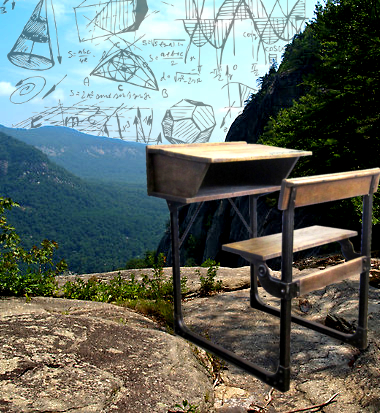School split hits the most needy
 A West Australian parliamentary committee says a two-tier school system exacerbates inequality.
A West Australian parliamentary committee says a two-tier school system exacerbates inequality.
The state’s independent public schools (IPS) policy began in 2010 and now includes 445 schools, covering about 70 per cent of all public school students and teachers.
The Education and Health Standing Committee reviewed the policy after concerns were raised about negative impacts on students, particularly those with special needs.
“The IPS initiative has exacerbated existing inequalities in the public education system, both perceived and actual, reinforcing a ‘two‐tiered system’,” the committee found in its report.
This means “more capable schools receive more benefits, and less capable schools fall further behind. Remote and hard-to-staff schools are particularly disadvantaged as a result”.
IPS schools “benefitted by being able to recruit the best teachers” but that came at the cost of teacher quality at non-IPS schools.
The teachers rejected by independent schools “who are less suitable for the school environment and have less experience” often end up in the lower-tier schools.
The report also found principals of IPS schools get more targeted professional training opportunities than others, but have increased administrative burdens that deprive them of time for leadership responsibilities.
The probe also revealed independent oversight of the system was lacking.
Additionally, no link was found between being an IPS and improved student outcomes.
“It's also too early to tell whether the IPS initiative has created the conditions which will lead to improved student outcomes in the future,” the report found.
“While the DoE (Department of Education) acknowledges that teacher quality is paramount in improving student outcomes, it is not clear to the committee how the IPS initiative directly promotes improved teacher quality.
“This ought to be the primary focus of future educational reforms.”







 Print
Print